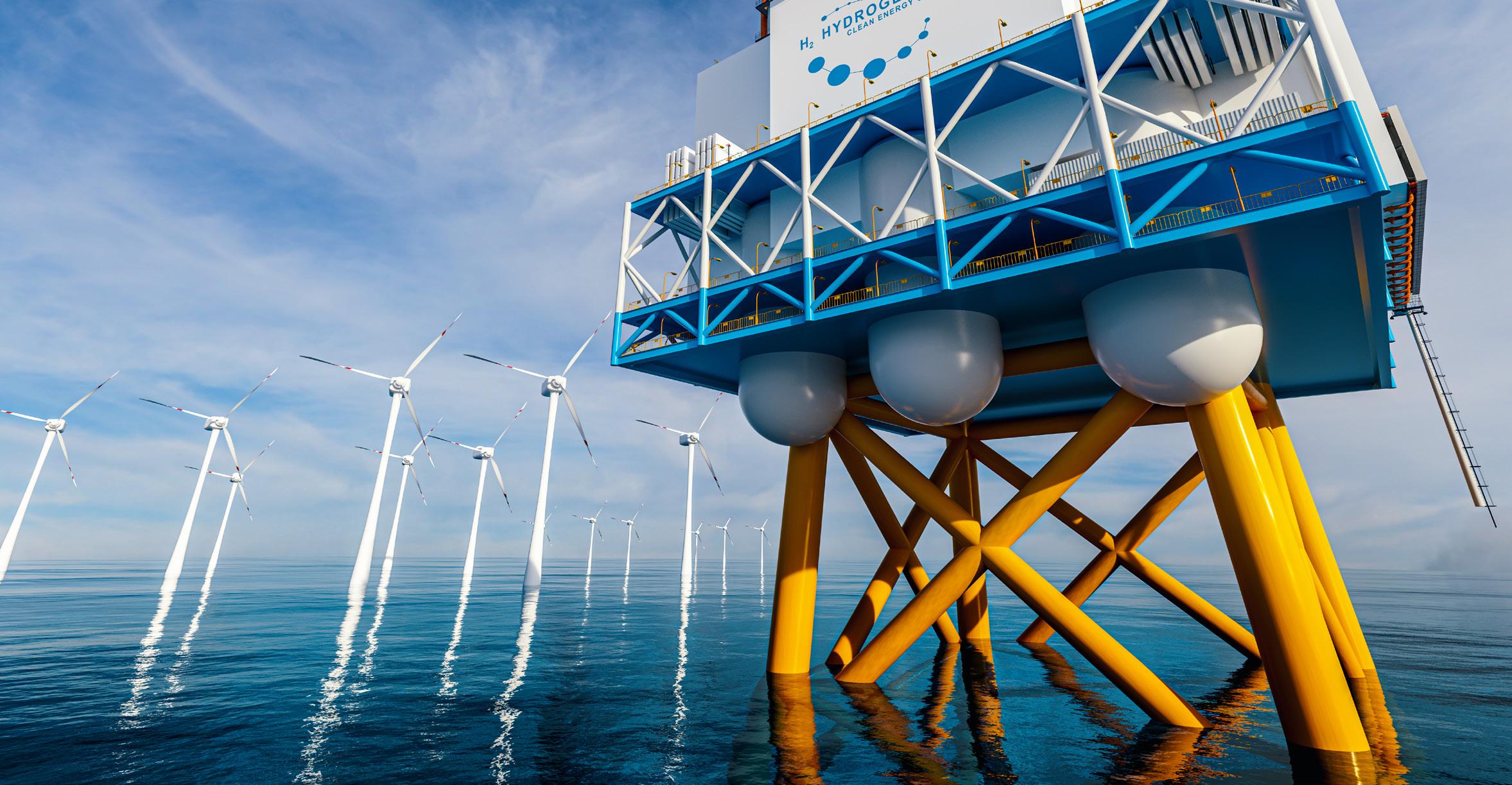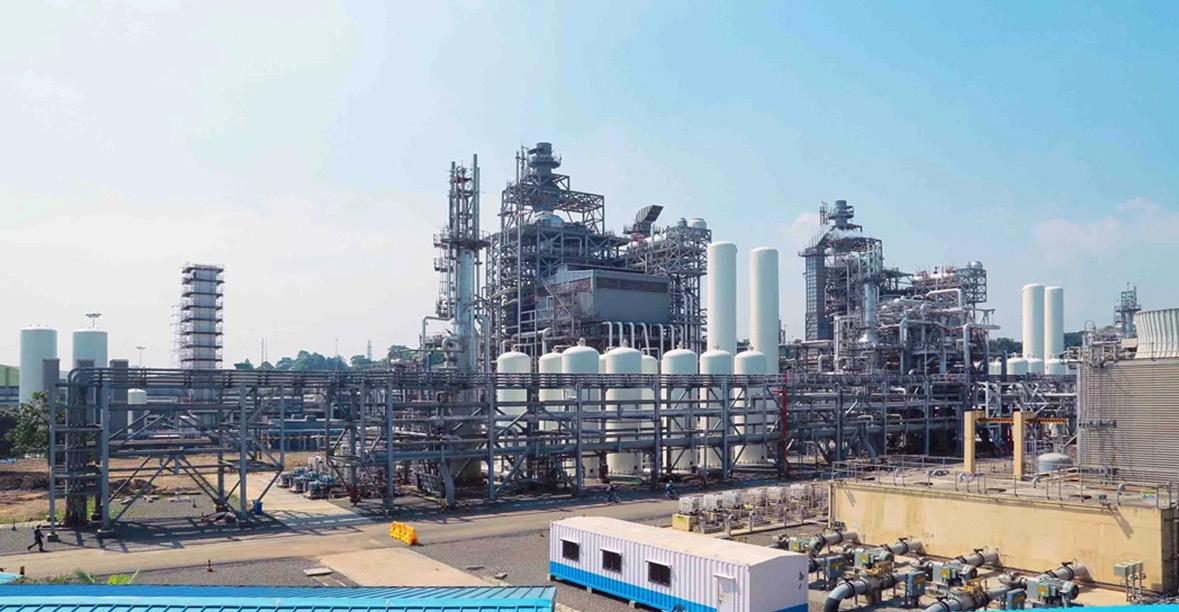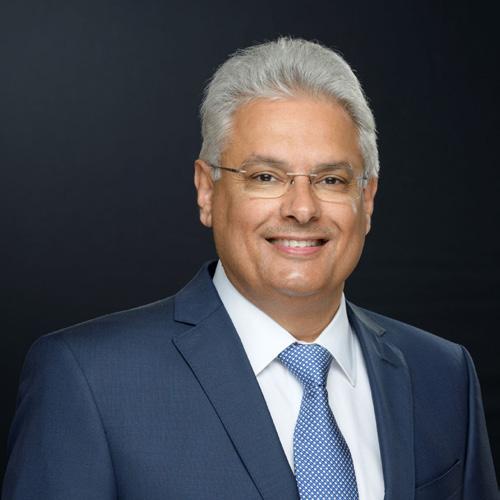
7 minute read
Middle East Energy Review - OGV Energy Australia January 2025
The OPEC+ group postponed, once again, the start of the unwinding of the oil production cuts, as the biggest national oil companies in the Middle East announced major contracts and corporate reshuffles and milestones.
OPEC+ Delays Supply Additions, Extends Cuts into 2026
OPEC+ ministers decided in early December to delay, again, the planned gradual return of more oil production to the market, in a move that was widely expected by the market and analysts.
OPEC+ producers Saudi Arabia, Russia, Iraq, the United Arab Emirates, Kuwait (UAE), Kazakhstan, Algeria, and Oman, which have been withholding 2.2 million barrels per day (bpd) of crude oil production since last year, decided to postpone the easing of these cuts until April 2025.
The producers had already delayed twice the start of the unwinding of the cuts, with the previous start date to begin increasing production as of January 2025.
Now the output hike has been pushed back by another three months, while the whole period for unwinding the production reductions has been extended to September 2026, from the end of 2025.
“The 2.2 million barrels per day adjustments will be gradually phased out on a monthly basis until the end of September 2026 to support market stability,” OPEC said at the end of the video conference meeting on 5 December.
The UAE, which won at the June 2024 meeting an OPEC+ approval to raise its production by 300,000 bpd in 2025, due to its growing capacity, has agreed to gradually phase in the new output beginning in April 2025 until September 2026.
Many analysts interpreted the delay of the start of production increases to April 2025 as a cautious OPEC+ approach to see where global oil demand is going early next year and how President Donald Trump would approach Iran and Venezuela when he returns to the White House in January 2025.
Overall, the oil market was not impressed by the latest OPEC+ decisions. While the delay to the production hike was mostly baked in in the prices, the slower pace of unwinding the cuts removes some excess supply for 2025 that would have otherwise come if the previous timetable was kept.
“The action taken by OPEC+ eats quite heavily into the surplus that was expected over 2025. However, the extension and the slower return of barrels is not enough to push the market into deficit next year,” said Warren Patterson, Head of Commodities strategy at ING.
The move from OPEC+ would still leave the oil market in a surplus during the first half of 2025, although admittedly the surplus would be more manageable at around 500,000 bpd, compared to 1 million bpd ING had expected previously.
The market is expected to be essentially in balance during the peak demand period during the third quarter of 2025, but it would return to a surplus of 1 million bpd in the final quarter of 2025, according to ING.
“While the action taken by OPEC+ may potentially provide a higher floor to the market than previously expected, ultimately the group will still have to accept lower prices,” Patterson said.
“OPEC+ faces the ongoing issue of growing non-OPEC supply and disappointing demand growth, largely due to China.”

Major Deals of Middle East’s NOCs
Many of the Middle East’s top national companies announced major agreements and new initiatives.
ADNOC’s new low-carbon energy and chemicals venture grabbed headlines.
Abu Dhabi’s oil and gas giant announced that it was launching a new company, XRG, which will be an international lower-carbon energy and chemicals investment powerhouse with an enterprise value of over $80 billion.
XRG aims to more than double its asset value over the next decade by capitalising on demand for low-carbon energy and chemicals driven by three megatrends: the transformation of energy, exponential growth of AI, and the rise of emerging economies.
XRG will formally commence activities in the first quarter of 2025.
“Building on our unrivalled track record in energy and investments, network of global partners, and strategic market access, XRG will drive sustainable economic growth, foster technological innovation, and deliver the energy and products needed to improve lives around the world,” said Sultan Ahmed Al Jaber, ADNOC Managing Director and Group CEO.
“We are committed to delivering long-term value for our stakeholders and reinforcing Abu Dhabi and the UAE’s role as a global energy and chemicals leader.’’
UAE President, Sheikh Mohamed bin Zayed Al Nahyan, chaired the annual meeting of ADNOC’s board of directors at the end of November, during which the board endorsed ADNOC’s target to drive AED200 billion ($54.5 billion) into the UAE economy over the next five years through its In-Country Value (ICV) programme, building on AED55 billion ($15 billion) delivered in 2024.
ADNOC has signed local manufacturing agreements with UAE and international companies worth AED72 billion ($19.6 billion) since 2022, as the company looks enable local manufacturing of critical industrial products in its supply chain.
In Saudi Arabia, Aramco and China’s Rongsheng Petrochemical have signed a framework agreement to advance an expansion project at the Saudi Aramco Jubail Refinery Company (SASREF) in Jubail in the Kingdom.
The agreement outlines the cooperation mechanism and planning relating to the design and development of the project, which aims to expand SASREF’s refining and petrochemical capabilities while fostering international collaboration.
The agreement “highlights the potential of the Kingdom’s downstream sector to attract overseas players,” Mohammed Al Qahtani, Aramco Downstream President, said.
In another deal, Aramco, TotalEnergies, and Saudi Investment Recycling Company (SIRC) signed a Joint Development and Cost Sharing Agreement (JDCSA) to assess the potential development of a sustainable aviation fuels (SAF) plant in Saudi Arabia.
The assessment will focus on harnessing innovative engineering and technology solutions that seek to recycle and process local waste or residues from the circular economy (used cooking oils and animal fats) to produce SAF.

The Saudi oil giant also announced the signing of a shareholders’ agreement with SLB and Linde to build what the companies said would be one of the largest carbon capture and storage (CCS) hubs in the world. Under the terms of the shareholders’ agreement Aramco will take a 60-percent equity interest in the CCS hub, with Linde and SLB each owning a 20-percent stake.
Phase one of the new CCS hub in Jubail, in Saudi Arabia’s Eastern Province, is expected to capture and store up to nine million metric tonnes of CO2 annually, and construction is expected to be completed by the end of 2027. Later phases are expected to further expand its capacity, Aramco said.
In Qatar, state firm QatarEnergy and Shell have entered into a new long-term sale and purchase agreement to supply three million tonnes per annum (MTPA) of liquefied natural gas to China.
LNG deliveries under the SPA will begin in January 2025, as the agreement highlights the continued growth of China’s LNG market, which is projected to be the largest globally, QatarEnergy said.
The Qatari state company has also expanded its oil and gas exploration interest outside the tiny Gulf nation.
QatarEnergy has entered into an agreement with Chevron to acquire a 23-percent working interest in the concession agreement for the North El-Dabaa (H4) Block, in the Mediterranean Sea offshore Egypt. The block’s operator, Chevron, will retain a 40-percent interest, while the other partners are Woodside with 27 percent and Tharwa Petroleum Company, an Egyptian state company, with 10 percent.
The agreement further strengthens QatarEnergy’s partnership with long-time partner Chevron, said Saad Sherida Al-Kaabi, Qatar’s Minister of State for Energy Affairs and president and CEO of QatarEnergy.
QatarEnergy has also entered into an agreement with TotalEnergies to buy an additional 5.25-percent interest in block 2913B (PEL 56) and an additional 4.695- percent interest in block 2912 (PEL 91), both located in the Orange Basin, offshore Namibia.
“This agreement marks another important step in working collaboratively with our partners towards the development of the Venus discovery located on block 2913B,” Al-Kaabi noted.


